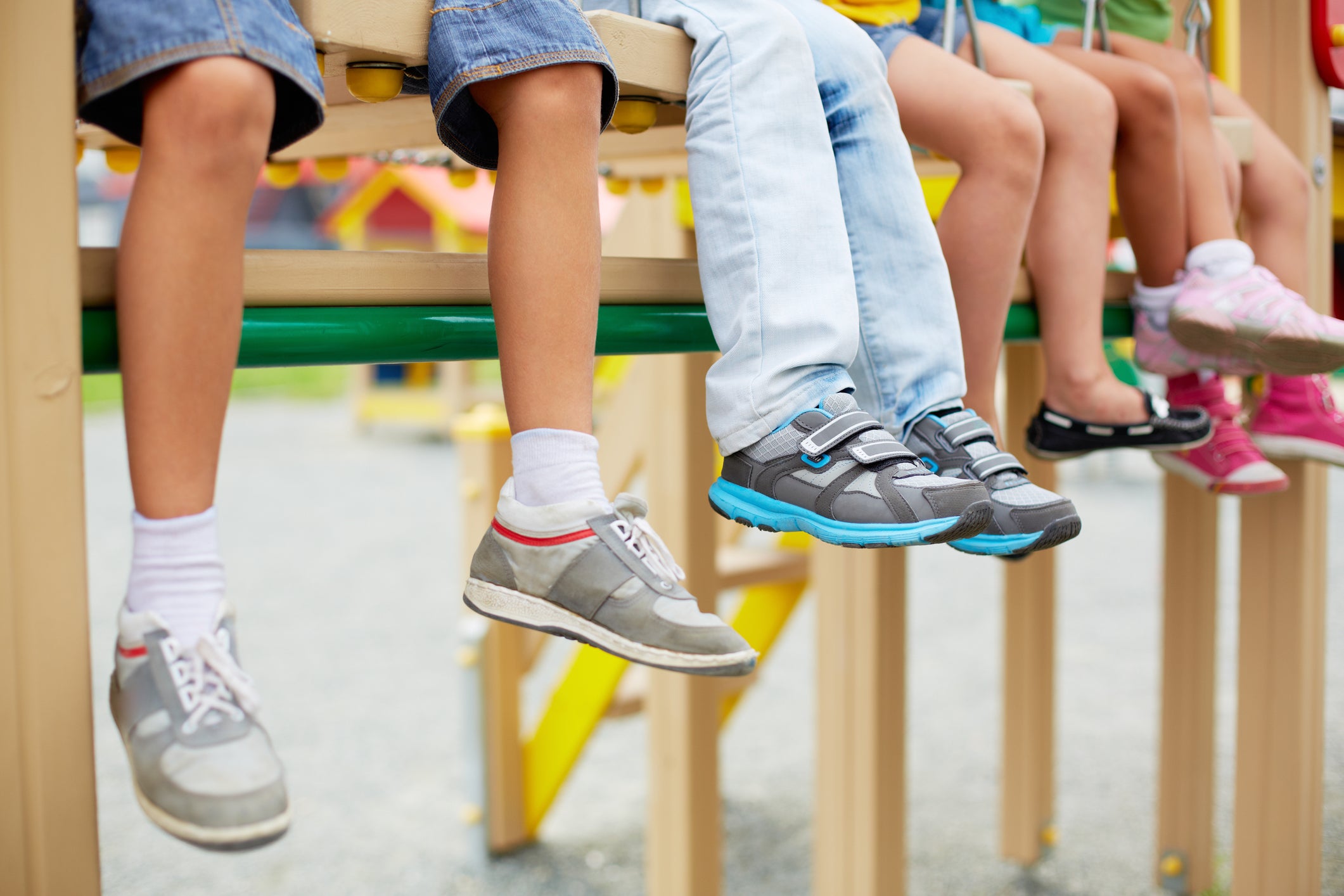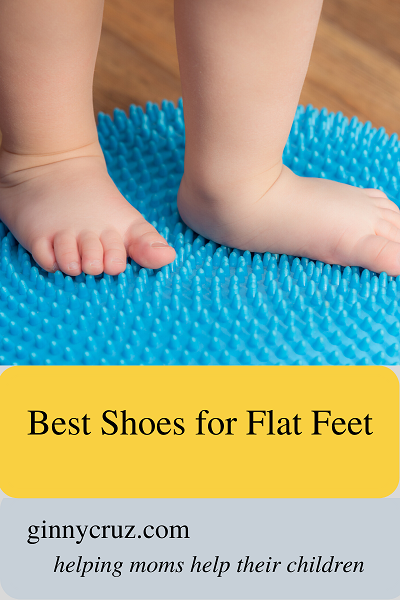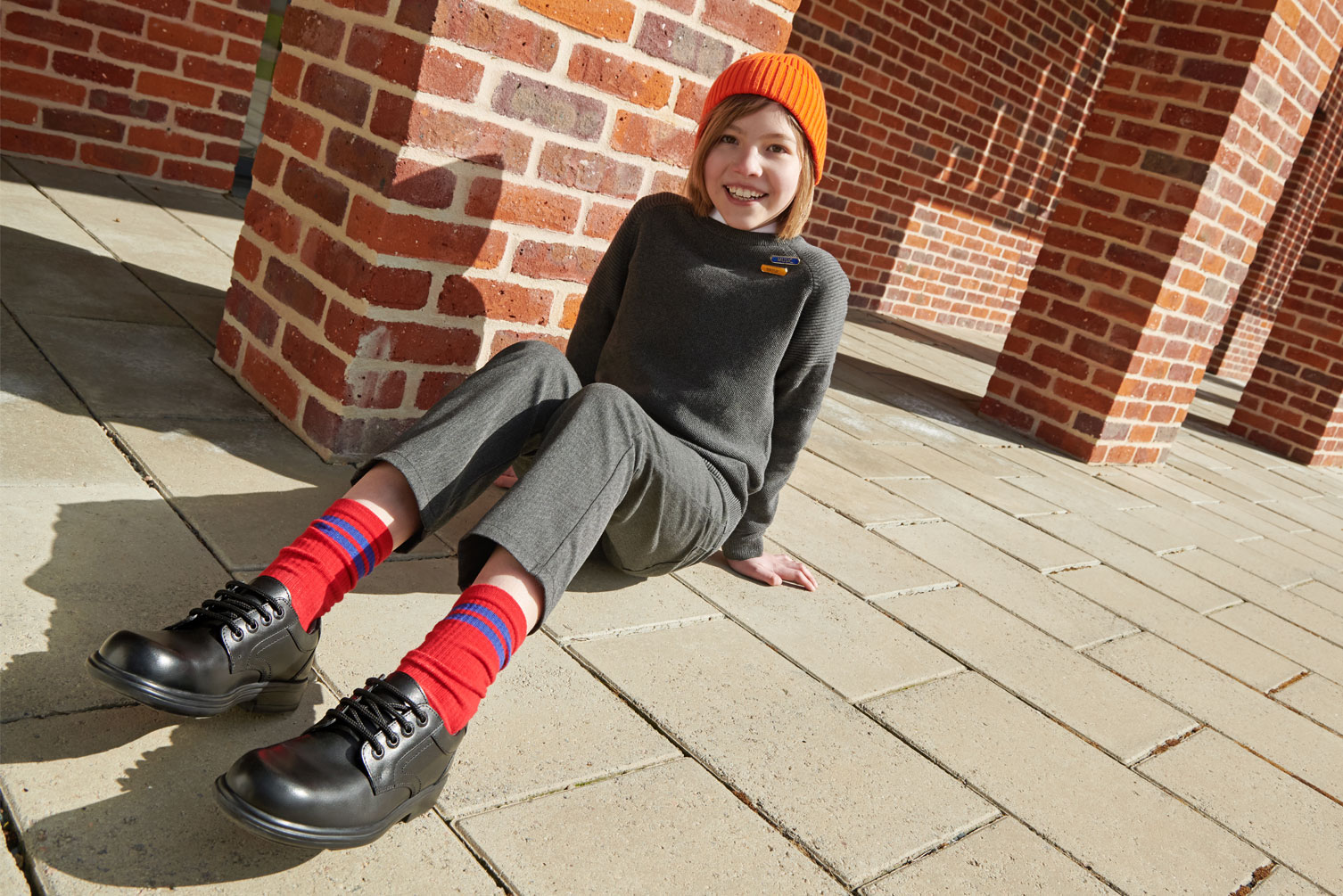If you are a parent of a child with flat feet, you know the importance of finding the right shoes. Children with flat feet often require specialized footwear to ensure comfort, proper alignment, and overall health. In this guide, we will explore the best options available, tips for choosing the right shoes, and local insights to help you make the best decision for your child’s needs.
Understanding Flat Feet in Children
Flat feet, also known as pes planus, is a common condition in children where the arches of the feet are lower or absent. While many children have flat feet during early development, for some, the condition may persist into later childhood and adulthood.
Signs Your Child May Have Flat Feet
- Visible flattening of the foot when standing
- Foot pain, especially in the arch or heel area
- Difficulty walking or running
- Frequent tripping or falling
Common Causes of Flat Feet
Flat feet can result from various factors, including genetics, muscle weakness, or ligament laxity. In some cases, it may also be a result of conditions like cerebral palsy or Down syndrome.
Importance of Proper Footwear for Flat Feet
Wearing the right shoes is crucial for children with flat feet. Proper footwear can help alleviate discomfort, improve posture, and prevent future foot-related issues.

Key Features of Shoes for Kids with Flat Feet
- Arch Support: Good arch support helps distribute weight evenly and provides stability.
- Cushioning: Adequate cushioning reduces impact during activities.
- Stability: Shoes should offer stability to prevent excessive motion.
- Durability: Strong materials ensure that shoes can withstand active play.
Top Shoe Brands for Children with Flat Feet
Numerous brands cater specifically to the needs of children with flat feet. Below, we compare some of the most popular options available today.

Comparison Table of Shoe Brands
| Brand | Arch Support | Cushioning | Price Range | Suitable Activities |
|---|---|---|---|---|
| ASICS | Excellent | High | $50 – $120 | Running, Walking |
| New Balance | Good | Moderate | $60 – $130 | School, Casual Wear |
| Stride Rite | Very Good | Good | $40 – $100 | Play, School |
| Skechers | Good | High | $30 – $90 | Daily Wear |
| Puma | Moderate | Moderate | $35 – $100 | Sports, Play |
Tips for Choosing Shoes for Kids with Flat Feet
1. Measure Your Child’s Feet Regularly
Children’s feet grow rapidly. It’s vital to measure their feet every few months to ensure a correct fit.

2. Look for Adjustable Features
Choose shoes that have adjustable straps, laces, or elastic bands to accommodate growing feet.
3. Consult with a Specialist
If you’re unsure about the best footwear, consider consulting a podiatrist who specializes in children’s foot health.

4. Prioritize Comfort Over Style
While kids may prefer stylish shoes, comfort should be your primary concern when dealing with flat feet.
5. Choose Shoes with a Sturdy Sole
A firm and supportive sole helps maintain good foot positioning and reduces excess motion.

Pros and Cons of Different Footwear Technologies
Orthotic Inserts vs. Custom Shoes
Orthotic Inserts
Orthotic inserts can provide additional support and cushioning in regular shoes.
- Pros: Cost-effective; can be used in various types of shoes.
- Cons: May not fit comfortably in all shoe types; requires adjustment time.
Custom Shoes
Custom orthopedic shoes are designed specifically for a child’s foot structure.
- Pros: Tailored fit; optimal support and comfort.
- Cons: More expensive; longer delivery times.

Local Insights: The Importance of Fit in Different Environments
In the USA, regions with various climates and terrains can impact shoe choices. For instance, kids in warmer areas may benefit from breathable materials, while those in colder regions may need insulated footwear.
Consulting Local Experts
Don’t hesitate to visit local shoe stores where trained professionals can assist you in finding the right fit. Stores that specialize in children’s footwear often have knowledgeable staff who can guide parents toward suitable options.

FAQs About Shoes for Kids with Flat Feet
What should I look for in a shoe for flat feet?
Look for shoes with excellent arch support, cushioning, stability, and a durable sole. A proper fit is crucial for comfort.
Can flat feet correct themselves as children grow?
Many children outgrow flat feet as their muscles and ligaments strengthen. Regular check-ups with a pediatrician or podiatrist are recommended.

How often should I replace my child’s shoes?
It’s generally recommended to replace children’s shoes every 6-8 months or when they show signs of wear and tear, or if your child is complaining of discomfort.
Are there any specific activities my child should avoid?
High-impact sports or activities that require extensive foot movement may be challenging for children with flat feet. Consultation with a specialist can provide tailored recommendations.
Additional Resources and Studies
For further insights into managing flat feet in children and the significance of proper footwear, consider the following resources:
- American Orthotic and Prosthetic Association
- Podiatry Today – An excellent resource for podiatric information.
- SAGE Journals – Study on flat feet in children
Conclusion
Choosing the right shoes for kids with flat feet is essential for their comfort and long-term foot health. By focusing on proper fit, support, and the right features, you can help your child enjoy an active lifestyle without discomfort. Remember to consult with professionals as needed and keep an eye on your child’s foot development. With the right information and resources, you can make well-informed decisions for your child’s footwear needs.